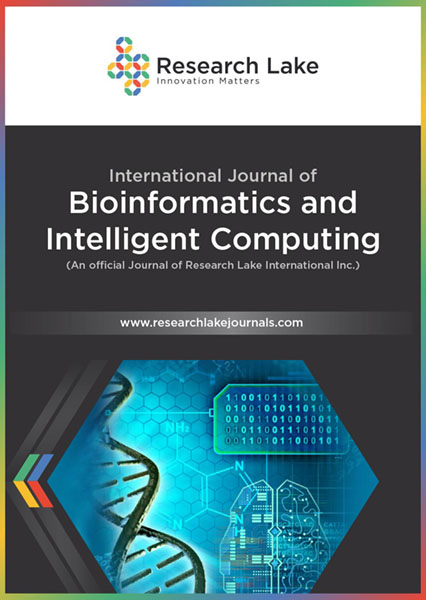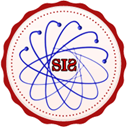3D Multimodal Brain Tumor Segmentation and Grading Scheme based on Machine, Deep, and Transfer Learning Approaches
Abstract
Glioma is one of the most common tumors of the brain. The detection and grading of glioma at an early stage is very critical for increasing the survival rate of the patients. Computer-aided detection (CADe) and computer-aided diagnosis (CADx) systems are essential and important tools that provide more accurate and systematic results to speed up the decision-making process of clinicians. In this paper, we introduce a method consisting of the variations of the machine, deep, and transfer learning approaches for the effective brain tumor (i.e., glioma) segmentation and grading on the multimodal brain tumor segmentation (BRATS) 2020 dataset. We apply popular and efficient 3D U-Net architecture for the brain tumor segmentation phase. We also utilize 23 different combinations of deep feature sets and machine learning/fine-tuned deep learning CNN models based on Xception, IncResNetv2, and EfficientNet by using 4 different feature sets and 6 learning models for the tumor grading phase. The experimental results demonstrate that the proposed method achieves 99.5% accuracy rate for slice-based tumor grading on BraTS 2020 dataset. Moreover, our method is found to have competitive performance with similar recent works.
Copyright (c) 2022 Erdal Tasci, Aybars Ugur, Kevin Camphausen, Ying Zhuge, Rachel Zhao, Andra Krauze

This work is licensed under a Creative Commons Attribution-NonCommercial 4.0 International License.
Copyright © by the authors; licensee Research Lake International Inc., Canada. This open-access article is distributed under the terms of the Creative Commons Attribution Non-Commercial License (CC BY-NC) (http://creative-commons.org/licenses/by-nc/4.0/).




















